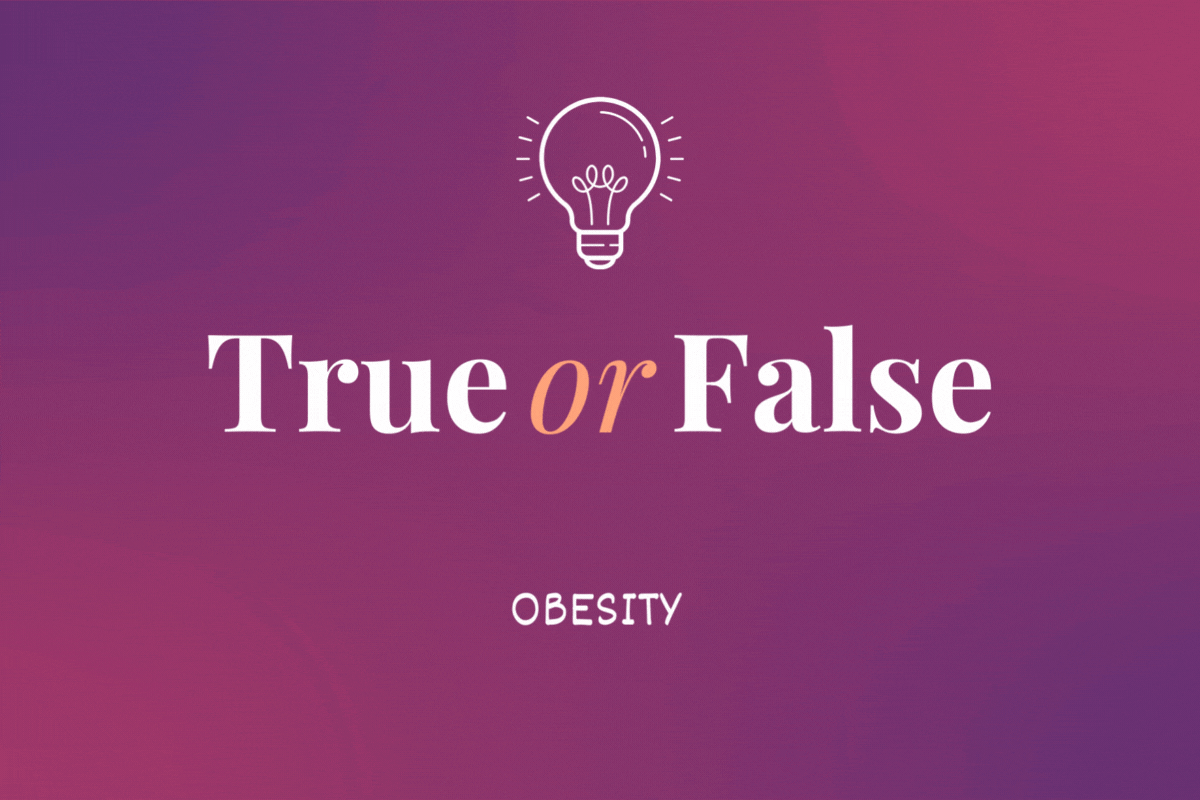Do you always feel as if you should lose a few pounds? Many of us watch the numbers on the scale and worry if our weight registers a pound or two above what we've decided the right number ought to be. And others of us avoid the scale altogether, afraid of what it will tell us. But weight gain and obesity are at epidemic proportions and it's important for each of us to figure out where we are on the weight spectrum and work to maintain a "normal" body weight.
There are several costly medical methods for determining if you have too much body fat and need to lose weight. The good news is that you can assess yourself pretty accurately at no cost by figuring your Body Mass Index (BMI) number. That number is a good guide to learn whether you are underweight, normal, overweight or obese.
You calculate your BMI number by working a mathematical formula that uses your height and weight. If math isn't your thing—don't panic! The Centers for Disease Control and Prevention (CDC) have an online BMI calculator that does all the heavy lifting for you. You'll find it at www.cdc.gov.
While women and men with the same BMI differ somewhat (surprise!—women tend to have a higher percentage of body fat), your BMI number is a good tool for getting a reliable understanding of your weight.
Consider two women who both weigh 150 pounds. One woman is 5-feet-5-inches tall. Her BMI number is 25, which puts her in the overweight category. The other woman is 5-feet-8-inches tall. The same 150 pounds gives her a BMI of 22.8 and classifies her weight as normal.
Okay, for you math fans, here's the BMI formula: Multiply your height in inches by itself, then divide that number into your weight in pounds. Then multiply that number by 703. (Believe us, the online calculator is easier!) On the metric system, multiply your height in meters by itself, then divide that into your weight in kilograms.
Your BMI number will fall into one of four categories:
| Below 18.5 | Underweight |
| 18.5—24.9 | Normal |
| 25.0—29.9 | Overweight |
| 30.0 and above | Obese |
The higher your BMI, generally the fatter you are, and the greater your risk of developing certain conditions such as cardiovascular disease, high blood pressure, diabetes, some cancers, osteoarthritis and more. People with the same BMI might have different percentages of body fat, if one of them has a lot of muscle mass.
You should also check your waist circumference with a tape measure. If it's over 35 inches, you're carrying too much abdominal fat, and additionally increasing your disease risk.
Guidelines from the National Heart, Lung and Blood Institute (NHLBI) recommend weight loss if your BMI is 30 or above (obese), or in the overweight range (25 to 29.9) and you have two or more disease risk factors.
No matter what category your BMI is in, eat healthfully and participate in regular physical activity. That's the best way to lose weight, maintain normal weight, and avoid many chronic health conditions and diseases.







